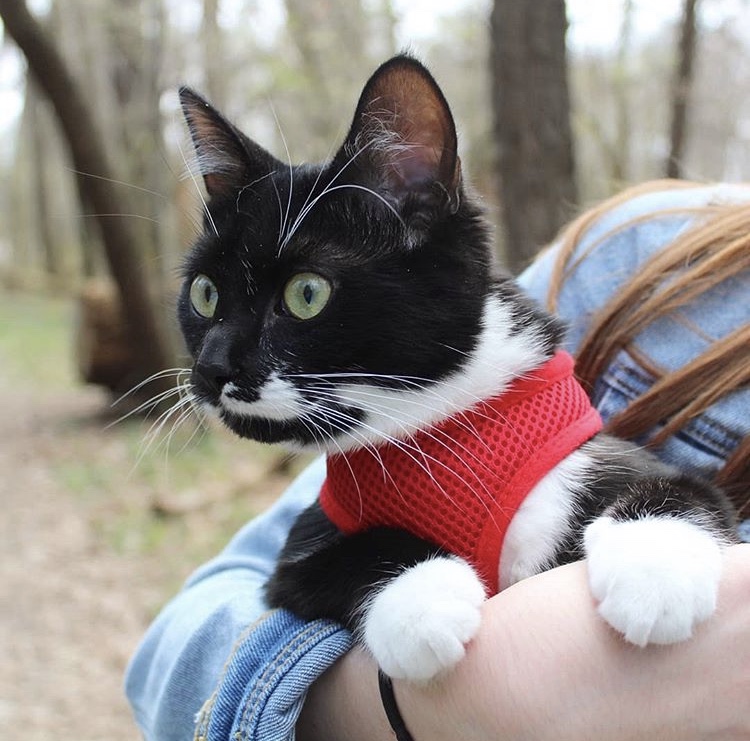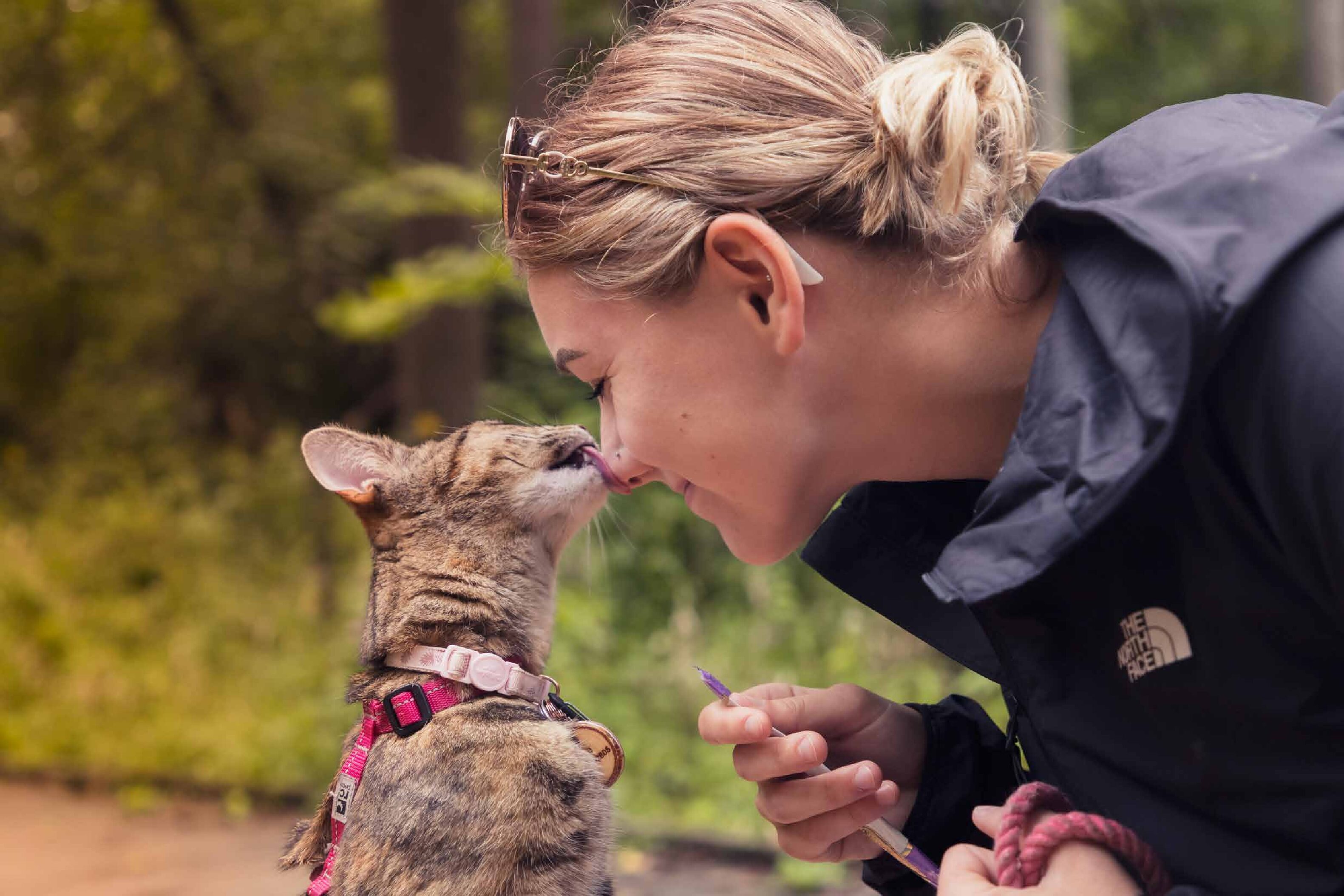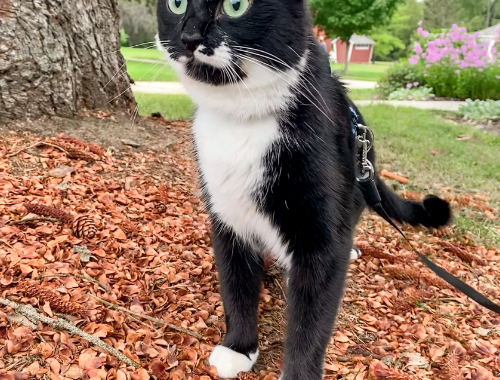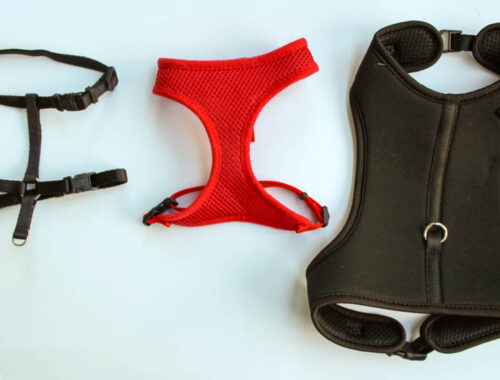
Dangers Your Cat Can Face In The Winter
When the snow falls and it looks like a winter wonderland outside, it can be very beautiful. But with this beauty comes concerns and dangers for our adventure cats. Some of these dangers include hypothermia, frostbite, toxicities, and more.
Hypothermia
Being exposed to cold temperatures for extended periods of times can cause our, and our cats’ body temperature to decrease. Cat’s body temperatures naturally run higher than people’s, and if it falls below 100°F, it is considered hypothermia.
Clinical signs of hypothermia include:
- Mild (90-99°F): weakness, shivering, dull mentation
- Moderate (82-90°F): stiffness, unresponsive, slow/shallow breathing
- Severe (below 82°F): dilated pupils, difficulty breathing, unresponsive/unconscious
*Extended period of hypothermia can lead to decreased blood flow, especially to their ears, tails, and toes. This can lead to frostbite in those areas.*
Frostbite
Just like people, their extremities are the first to get really cold. Check their paws, ears, and tails to feel how cold they are. These are the areas most susceptible to frostbite, as blood flow is restricted to these areas first in order to try to raise core body temperature when they are cold. The areas may appear pale gray or blue from the cold, and in extreme cases, may blister. If your cat is experiencing frostbite, get them checked out by a veterinarian.
Antifreeze Toxicity
The main ingredient in antifreeze is ethylene glycol, which is very toxic to cats. It is a very common item to have in your garage or something that can be leaking from cars. If your cat likes to hang out under cars, this can be very dangerous for them. Unfortunately, the taste and smell is enticing to cats, and just a small amount can be deadly. The first and main clinical signs of antifreeze toxicity is that your cat will appear drunk. If you think or know that your cat has ingested antifreeze, get to a veterinarian as soon as possible.
Snow/salt
Snow, salt, and ice can be very irritating to your cat’s paws. It can cause cracking of their paw pads or cause red and irritated skin around the area. You want to check your cat’s paws after any outdoor adventures. You can even take a towel to dry them off and clean in between each toe to help get rid of anything that may be on them.
Heating devices
Fireplaces, space heaters, and candles can all be dangers in the winter. Open flames, from fireplaces and candles, can be dangerous if your cat tries to touch it and burn themselves. Candles can be easily knocked down by cats and could be a fire hazard. Space heaters can also be fire hazards for the same reason.
Another thing to note is that many cats outside may seek shelter and warmth in car hoods. Even if you take your cat out on a leash, there may be outdoor or stray cats in the area that do this. To be safe, honk your horn or knock on your hood and wait a bit before turning your car on just in case there is a cat inside.
Conclusion:
Winter can pose some scary health concerns and dangers to our loving kitties. It is our job to make sure they are safe during their times outside. We know many of your cats love going outside, and it is fun for us to get outside with them as well. But remember, there is nothing wrong with cutting the adventure short to keep your cat safe! It is also important to dress your cat appropriately for the weather, so check out our post here on that. We wish you all happy, safe, and warm adventures this winter!
Check out this extra link on some tips to warm up your cat inside and outside!
You May Also Like

MEET REED
October 2, 2020
Dangers Your Cat Can Face In The Fall
September 24, 2021


